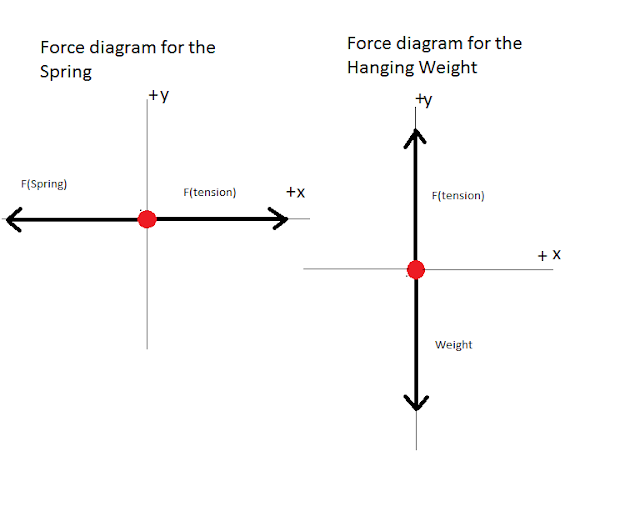

This could be expressed as a formula.Īcceleration = 0.001118 x R x (RPM) 2 x (0.10472) 2 x 386.088 = 0.0047336 x R x (RPM) 2 inches/second/second with R in metres. acts at right angles to the velocity at any instant. is not a particular force, but the name given to whatever force or combination of forces is responsible for a centripetal acceleration. I guess the correct answer to the OP is that his RCF formula is already in "customary USA units" because it is just a ratio and does not have any units until you multiply by a standardised acceleration due to gravity, which would be 32.174 feet/second/second x 12 inches/foot = 386.088 for inch units. A centripetal force ( Fc ) is the force that makes a moving object change direction. My mistakes were to think the OP wanted to put inches radius into his RCF formula, which had R in metres (when what he really wanted was a formula for acceleration in inch/sec/sec - but he did ask what his RCF formula came from), & not read post #2 properly (it calculates "a" - without defining it as acceleration - & ends with a formula without writing in its units of inch/sec/sec). (your post #8 is also wrong, replacing RPM by rad/second & leaving RPM to rad/s multiplier in place). I was wrong, converting acceleration m/s 2 to in/s 2 requires multiplying by 39.37. Why worry about the force? The OP wrote about "relative centrifugal force" and post #6 shows essentially same formula with "1118" from a centrifuge company as RCF = relative centrifugal force. To convert inches/sec^2 to "g", we do inches/sec^2 * 1 ft/12 inches * 1 g/32.2 ft/sec^2 Therefore, when meters are in in the numerator, you have to multiply by 39.37 to get inches. Not so, inches = meters*39.37 inches/1 meter. Anyway, a 1 kg of weight is the force of 1 kg at Earth gravity.į you want inches radius, you have to put inches/39.37 in place of R metres, which requires replacing 0.001118 by 0.001118/39.37 = 0.0000283 The OP did not give any mass, so why should we worry about the force. Ħ7model: (Use Copy & Paste to quote the original text.) Trying to get CR4 to deliver fact not error. It seems to me, a lot of replies have taken post #2 as correct, which appears to multiply by 39.37, not divide by 39.37. G = 0.0000283*r*(RPM)*(R PM) where r is radius in inches If you want inches radius, you have to put inches/39.37 in place of R metres, which requires replacing 0.001118 by 0.001118/39.37 = 0.0000283 If you want kg weight per kg mass & call it G, the m is removed & there is the OP's formula However, if you want answer in kg weight per kg mass you have to divide by 9.81 to convert the Newtons (g= 9.81 m/s 2), so you have 0.0109662/9.81 = 0.0011178 or 0.001118 without haggling over value of g, which varies with location & whether your brain comes up with 32.2 or 9.81 as a standard. If you measure in RPM, you have to divide RPM by 60 to get rev/second. MRω 2 Newtons Ĭircumference of a circle is pi x diameter or 2*pi*R in terms of radius, angle per revolution = 2 x pi in radians. But, please consider that v = ωr, meaning that for a constant linear velocity v, if r increases ω drops, and in the equation ω is squared.The force on a point mass of m kg turning with radius R metres in a circular path about a point at angular velocity ω radians/second is. If on the other hand the linear speed is to be kept constant, it implies the increase in r is accompanied by a decrease in v hence a lesser centripetal force to sustain the motion Solution 3 For one to keep the angular speed constant, the linear speed must increase which must then require a greater centripetal force to sustain. It all depends on the variables involved.

This shows that, for constant angular speed, the force increases linearly with $r$, which is compatible with the equation $F=m\omega^2 r$. The angular speed $\omega$ tells you how often you complete a trip around the circle.


 0 kommentar(er)
0 kommentar(er)
